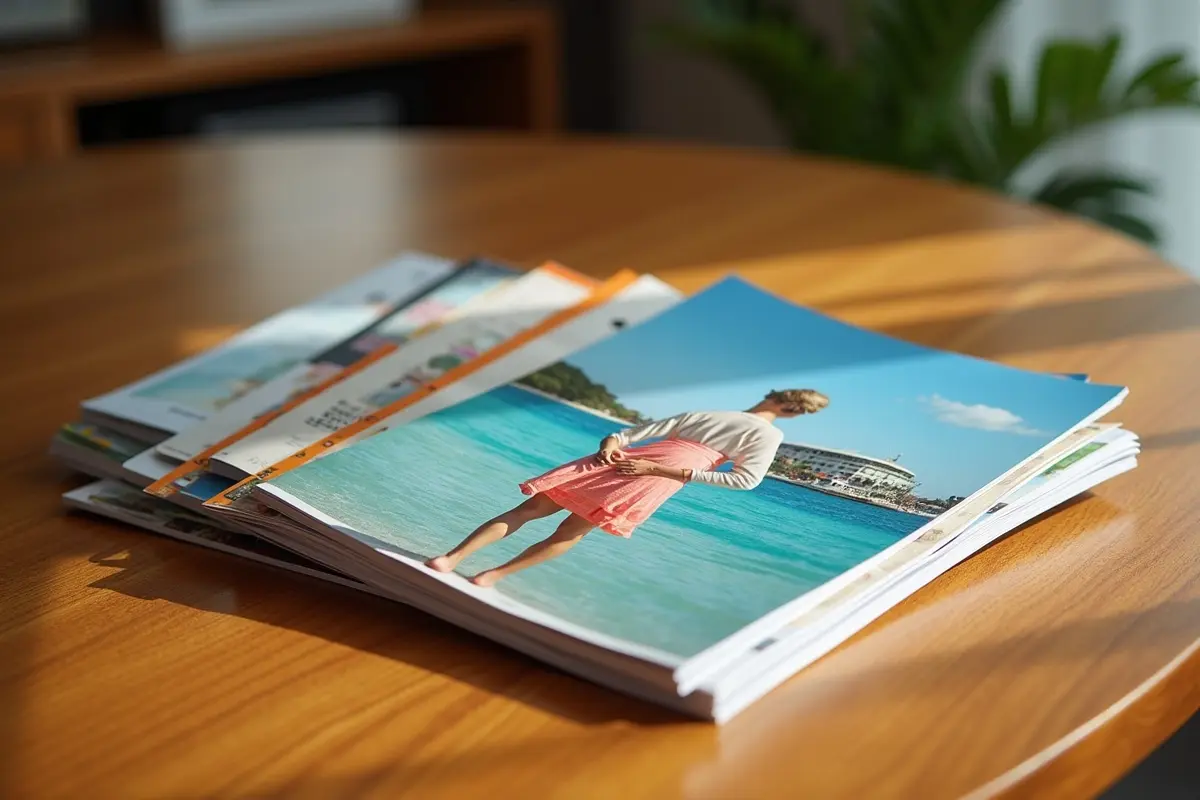Magazines have long been a medium for expression, offering a unique blend of visuals, words, and layout that brings stories to life in ways digital platforms often can’t replicate. Whether through interviews, photo spreads, or personal essays, they invite readers into immersive worlds where design and narrative work hand in hand. From independent artists to established publishers, many have utilized this versatile format to connect with their audiences and explore themes that spark imagination and foster dialogue.
Creating a magazine allows storytellers to merge creativity with structure, turning ideas into tangible experiences. The process of printing a magazine transforms a digital concept into something readers can touch, collect, and share. Each page becomes a canvas for emotion, culture, and perspective, giving stories a lasting presence beyond the screen. This tactile form of storytelling continues to inspire new generations of creators who seek to engage their audience in meaningful, visually rich ways.
Collage Storytelling
Collage storytelling uses images, words, and textures cut from magazines. These elements are then arranged to visually narrate a story. This approach lets storytellers play creatively with composition, color, and themes. Collage is particularly effective in educational settings.
Educators use it to help students build narrative skills visually, encouraging them to interpret stories from various visual cues. This hands-on process helps learners organize thoughts, recognize story structure, and develop a sense of sequence—all while engaging their artistic side.
In addition to classroom learning, this technique is also employed in workshops, art therapy sessions, and creative writing exercises. It allows participants to express emotions and abstract ideas that might be difficult to convey through words alone, making collage storytelling a versatile and inclusive form of creative communication.
Vision Boards
Vision boards are widely used for goal setting and visualizing aspirations. By browsing magazines and choosing images, phrases, or headings that align with their dreams, people craft a visual declaration. They use this process to create a visual declaration of their future. These boards assist in clarifying intentions and serve as daily motivation.
The act of assembling the board can be a mindful, meditative activity. The completed board then functions as a strong visual cue to stay focused on goals. They are beneficial for personal growth and team projects that require clarity and inspiration.
Incorporating Interactive Elements
Modern storytelling thrives on audience engagement. Through magazine content, creators can create interactive projects by incorporating quizzes, polls, or scavenger hunts within printed pages or presentations. For example, designing a story that prompts the reader to turn to specific pages based on their choices creates a choose-your-own-adventure effect, making it ideal for classrooms or workshops. These techniques give readers a sense of agency and can make educational content more memorable.
Digital Storytelling with Magazines
The digital landscape offers limitless opportunities to amplify magazine-derived stories. make it into 2 short sentences without changing. Scanning magazine images and digitizing texts can create immersive narratives. Incorporating multimedia elements like soundtracks or animations further tailors these stories to modern audiences.
Platforms for digital storytelling allow readers to experience stories in interactive, dynamic formats. This capability makes them ideal for social sharing and online collaboration. The format strongly appeals to young audiences who are accustomed to engaging with content across multiple devices. It also encourages the creative reuse of printed materials in the digital age.
Educational Applications
In classrooms, magazines provide real-world examples for teaching writing, analysis, and design. Teachers can assign students to analyze magazine articles for tone, style, and persuasive techniques. Alternatively, students can create their own periodical mockups. These mockups should be based on researched topics. These activities blend literacy, creativity, and critical thinking.
Producing magazine-style reports develops practical skills in design and publishing. This further prepares students for careers requiring effective communication and presentation. Incorporating monthly themes keeps content fresh and offers cross-curricular connections for subjects such as art, social studies, or science.
Personalized Greeting Cards
One of the most rewarding uses of magazines is in handmade greeting cards. By selecting specific images, words, or colors that reflect a celebration or a recipient’s personality, crafters can make truly one-of-a-kind cards.
This thoughtful process not only conserves resources but also adds a layer of meaning and personalization that store-bought options often lack. Handmade cards are perfect for birthdays, holidays, or thank-you notes and show a level of care and attention that digital messages cannot replicate.
Upcycled Gift Wrap
Transforming magazine pages into gift wrap is a creative way to promote sustainability and environmental responsibility. By choosing imagery that suits the recipient—be it landscapes, fashion, or quirky advertisements—givers can personalize the wrapping and reduce their environmental footprint.
This approach is celebrated in sustainable living circles and can be part of a larger movement to reduce waste and promote creativity. Upcycled wrap can even become part of the gift, encouraging recipients to reuse or repurpose the material for their own projects.
Conclusion
From inspiration boards and interactive stories to digital transformation and classroom projects, magazines serve as dynamic resources for creative storytelling. Their versatility makes them perfect for a wide range of projects, whether you’re looking to inspire students, express your thoughts visually, or bring a sustainable touch to gifts and cards. For those ready to take their storytelling to a new level, magazines offer a limitless canvas for sharing ideas, uplifting others, and fueling imaginative expression.




